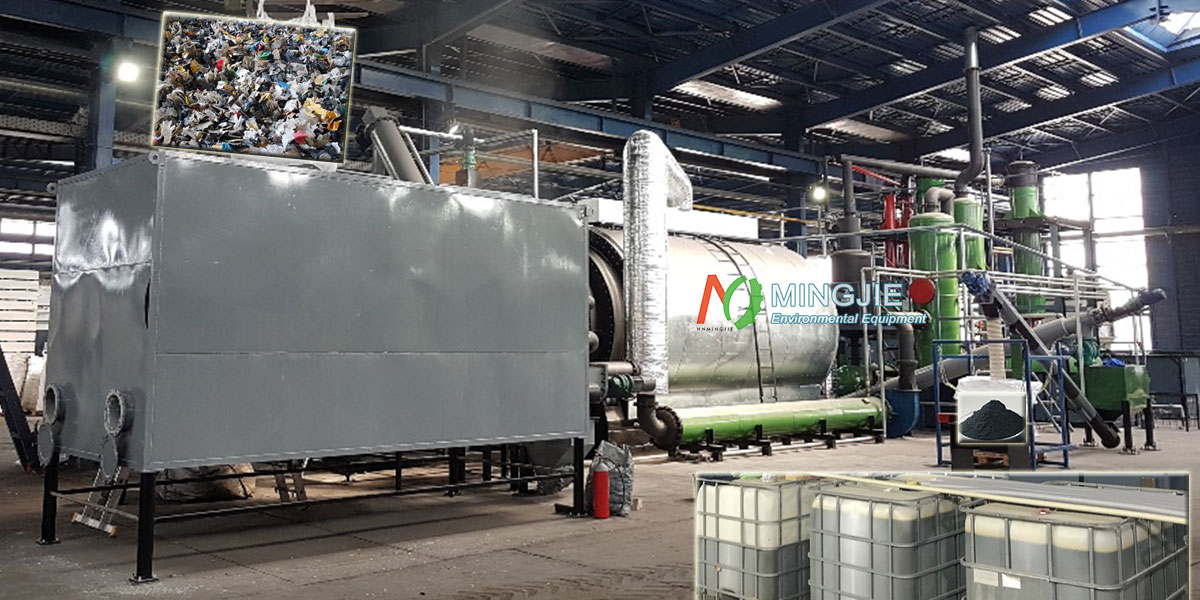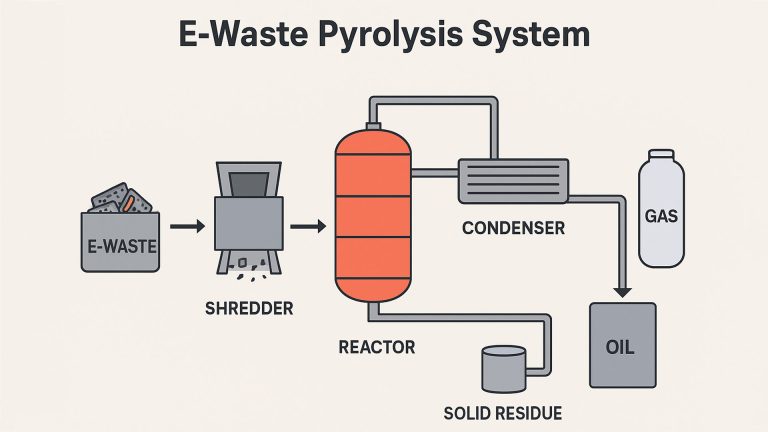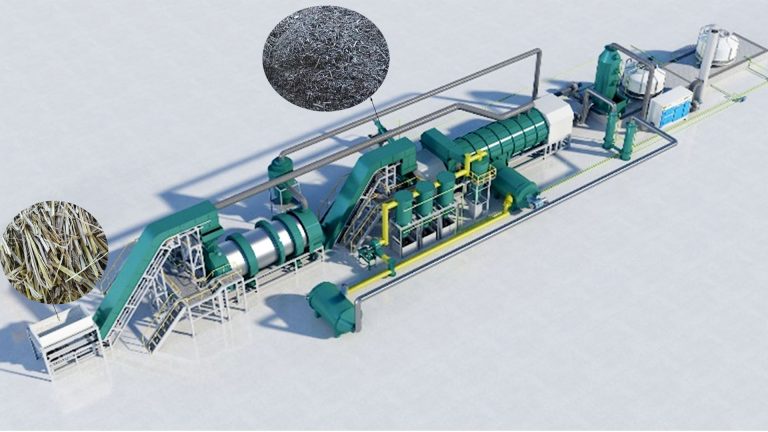Mingjie plastic pyrolysis to fuel plant can process waste unsuitable for mechanical recycling. It will address the need for high-quality recycled material solutions, giving new life to plastic waste that currently cannot be mechanically recycled.
This plastic waste is converted into pyrolysis oil, which can be used to replace raw materials in the virgin plastic value chain and in the chemical and petrochemical industries.
Global plastic pollution is a growing problem. Statistics show that over 400 million tons of plastic are produced annually worldwide. However, of the approximately 9 billion tons of plastic produced, only 9% is recycled, 12% is incinerated, and the remaining 79% is landfilled or discarded.
While mechanical recycling is widely used, it has significant limitations. It is only suitable for unmixed plastic waste, such as industrial packaging or plastic bottles. Mechanical recycling is largely incapable of processing mixed, contaminated, or low-value plastic waste.
Large amounts of low-value plastic waste, such as flexible packaging and film bags, are generated in daily life due to the difficulty and high cost of sorting.
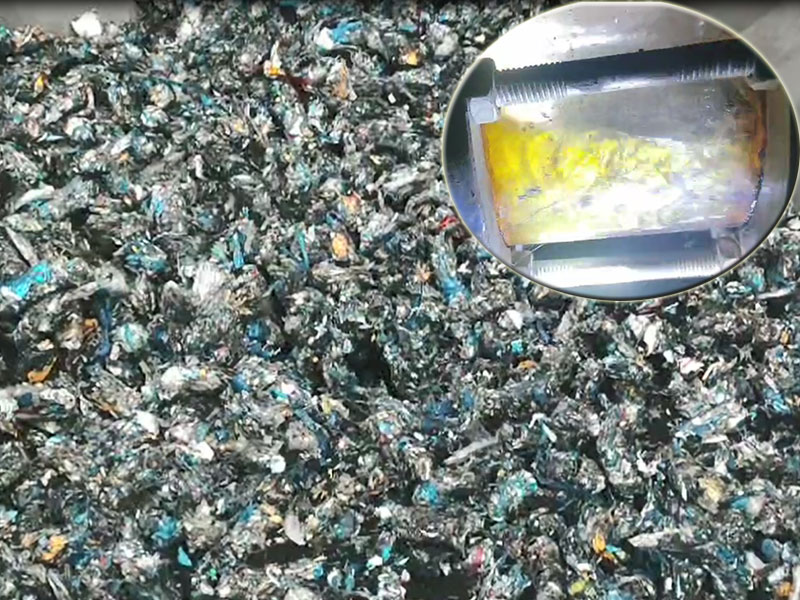
PP, PE, and PS plastics have high oil yields, reaching 80%-95%. Plastic pyrolysis plant is recommended for recycling these plastics. Pyrolysis technology offers low processing costs, high resource recovery, and excellent environmental benefits. It is it a mainstream technology for the harmless treatment and resource utilization of organic waste both domestically and internationally.
Plastic pyrolysis to fuel is a widely used plastic waste treatment technology in many countries. It is the most sustainable and economically attractive technology for converting plastic waste into fuel oil.
Plastic Pyrolysis To Fuel Process
Plastic pyrolysis to fuel is a process that thermochemically decomposes plastic waste in an oxygen-free environment. Its primary purpose is to convert non-recyclable plastic waste into useful products such as fuel oil, carbon black, and syngas.
The plastic pyrolysis process involves several key steps: pretreatment (crushing, drying, and cleaning), feeding and heating (heating to 200-900°C in the absence of oxygen), thermal decomposition, product separation and collection, and exhaust gas purification.
Under high temperature and oxygen-free conditions, the large polymers in the plastic are broken down into smaller molecules, producing gaseous, liquid, and solid components.
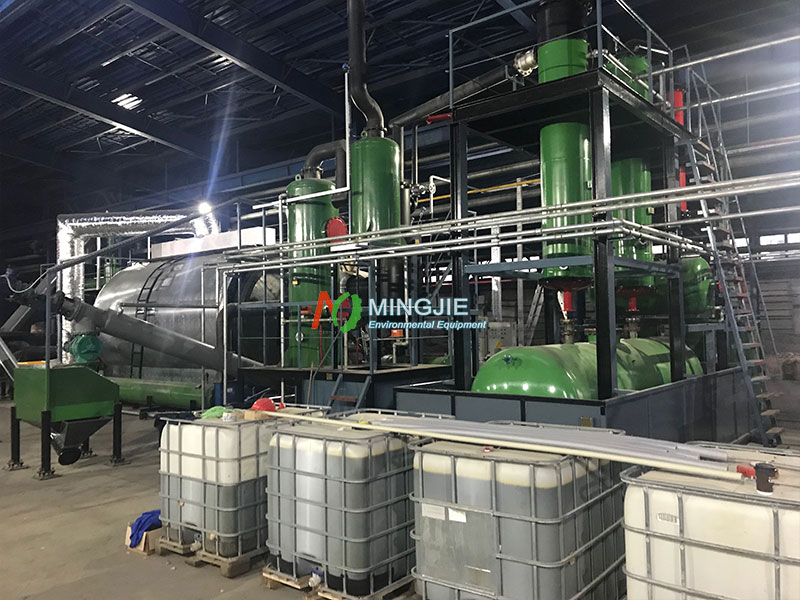
The resulting liquid is called pyrolysis oil. After purification, the syngas can be used as heating fuel for the reactor. Solid carbon black remains as residue in the pyrolysis reactor or is discharged through a slag discharge system.
Compared to simple incineration, plastic pyrolysis to fuel can reduce CO2 emissions by 50%. Compared to virgin plastic, each ton of plastic produced through chemical recycling reduces CO2 emissions by 2.3 tons.
Plastic Waste Pyrolysis Plant Application
Plastic pyrolysis to fuel offers a new approach to treating municipal solid waste and medical waste. It decomposes plastics and other organic waste in a high-temperature, oxygen-free or anoxic environment, achieving the goals of waste reduction, harmlessness, and resource utilization.
Plastic pyrolysis to fuel is a more efficient and clean solid waste treatment technology. It can break down large organic molecules in solid waste into smaller molecules, producing syngas, pyrolyisis oil, and carbon black. Compared to incineration, pyrolysis of solid waste offers higher energy efficiency and environmental benefits.
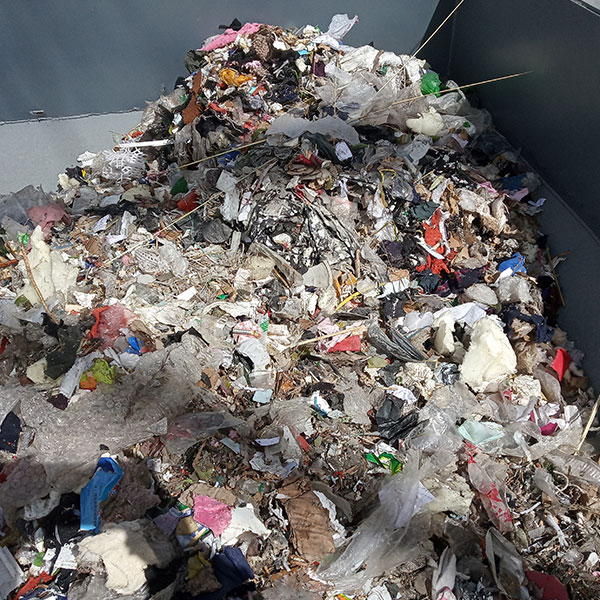
Municipal solid waste (MSW) is a complex waste stream, containing various types of plastic packaging, lunch containers, and plastic bags. These plastic wastes are mixed and potentially contaminated, making mechanical recycling challenging. Before municipal solid waste pyrolysis, MSW is typically sorted to remove components unsuitable for pyrolysis (such as metals and glass) and to increase the organic content.
Medical waste often contains pathogens and drug residues, making it a high-risk waste that requires thorough harmless disposal. Pyrolysis technology demonstrates its unique value in treating medical waste, particularly infectious plastic waste such as syringes, infusion bags, and culture dishes. Pyrolysis technology applied to medical waste can reduce the number of disinfection steps. Medical waste pyrolysis plant can directly kill viruses and bacteria present on medical waste at high temperatures.

